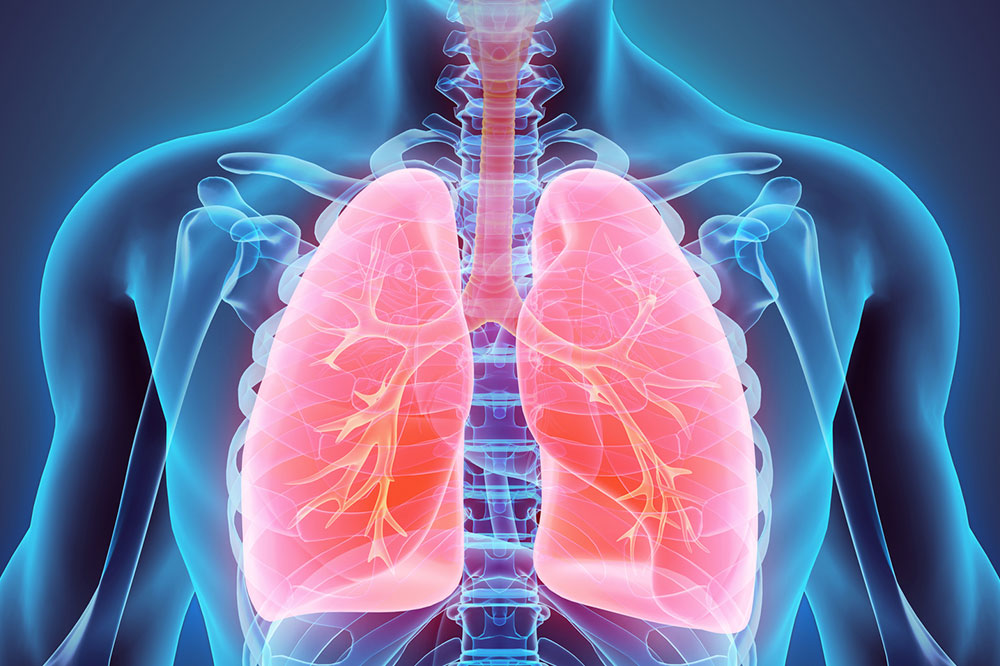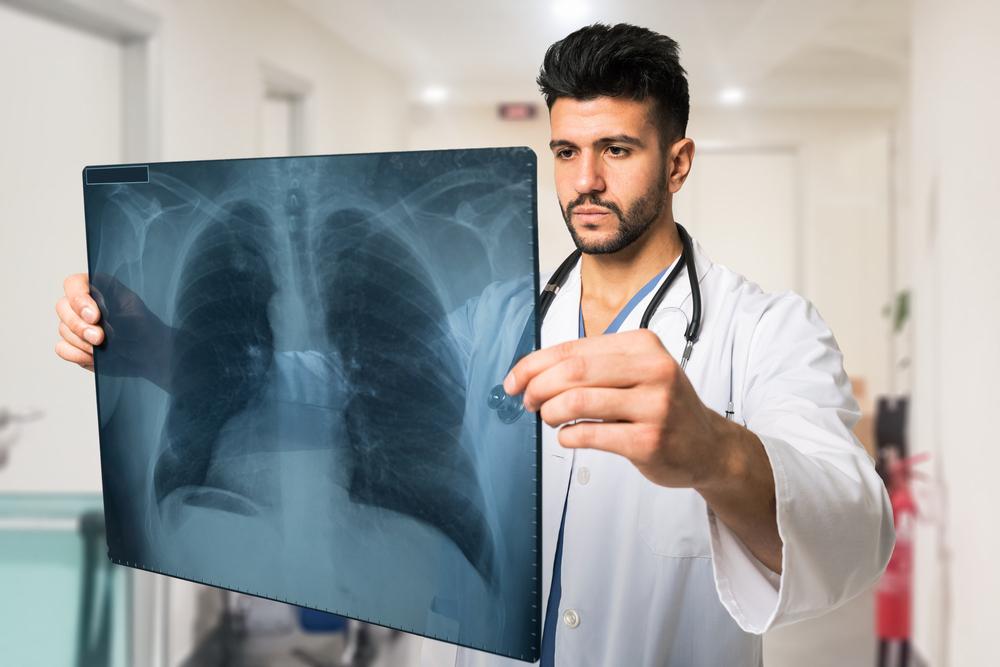Key Insights on Lung Cancer: What You Need to Know
Discover essential facts about lung cancer, including causes, stages, symptoms, and treatment options. Early awareness can improve outcomes. Learn more about how this serious disease develops and how it can be managed with medical interventions to enhance patient survival and quality of life.

Key Insights on Lung Cancer: What You Need to Know
Lungs are crucial organs within our respiratory system, responsible for filtering and delivering oxygen to every cell in the body. Any lung-related issues can be life-threatening. Among these, lung cancer is one of the most prevalent and serious conditions. It develops due to a combination of environmental exposures and individual susceptibility. Understanding the causes, stages, symptoms, and treatment options is essential for early detection and management of this disease.
What causes lung cancer?
Various factors contribute to lung cancer development, including:
Tobacco use: Cigarette smoking is the primary cause, accounting for approximately 90% of cases.
Second-hand smoke: Exposure to passive smoke increases risk.
Asbestos exposure: Inhalation of fibers from asbestos minerals can lead to lung cancer.
Radon gas: This naturally occurring radioactive gas decays to produce ionizing radiation, which can damage lung tissue.
Pre-existing lung conditions: Diseases like COPD elevate lung cancer risk.
Air pollution: While not the primary cause, rising pollution levels have been linked to increased lung cancer deaths.
Understanding lung cancer stages
Staging indicates how far the cancer has spread, guiding treatment decisions. The four main stages include:
Stage 1: Cancer remains confined within the lung.
Stage 2: Cancer spreads to nearby lymph nodes.
Stage 3: The cancer infiltrates the mediastinum or chest area.
Stage 4: The disease metastasizes to other organs and both lungs.
Symptoms by stage
Early-stage lung cancer might be asymptomatic. Symptoms become more evident as the disease progresses:
Stage 2: Coughing blood, persistent cough, shortness of breath, chest pain, recurrent respiratory infections.
Stage 3: Chest discomfort, wheezing, voice changes, weight loss, fatigue, bone pain, difficulty swallowing.
Stage 4: Severe fatigue, widespread pain, neurological issues like headaches, seizures, speech problems due to brain spread.
Treatment options for lung cancer
Once diagnosed, treatment plans are personalized. Common approaches include:
Surgery: Removing tumors through operative procedures.
Radiation therapy: Using high-energy rays to destroy cancer cells.
Chemotherapy: Medication-based treatment targeting dividing cancer cells.
Radiosurgery: Focused radiation for small tumors, avoiding surgery.
Targeted therapy: Drugs targeting specific mutations in cancer cells.
Immunotherapy: Boosting the immune system to fight cancer, often used in advanced stages.










